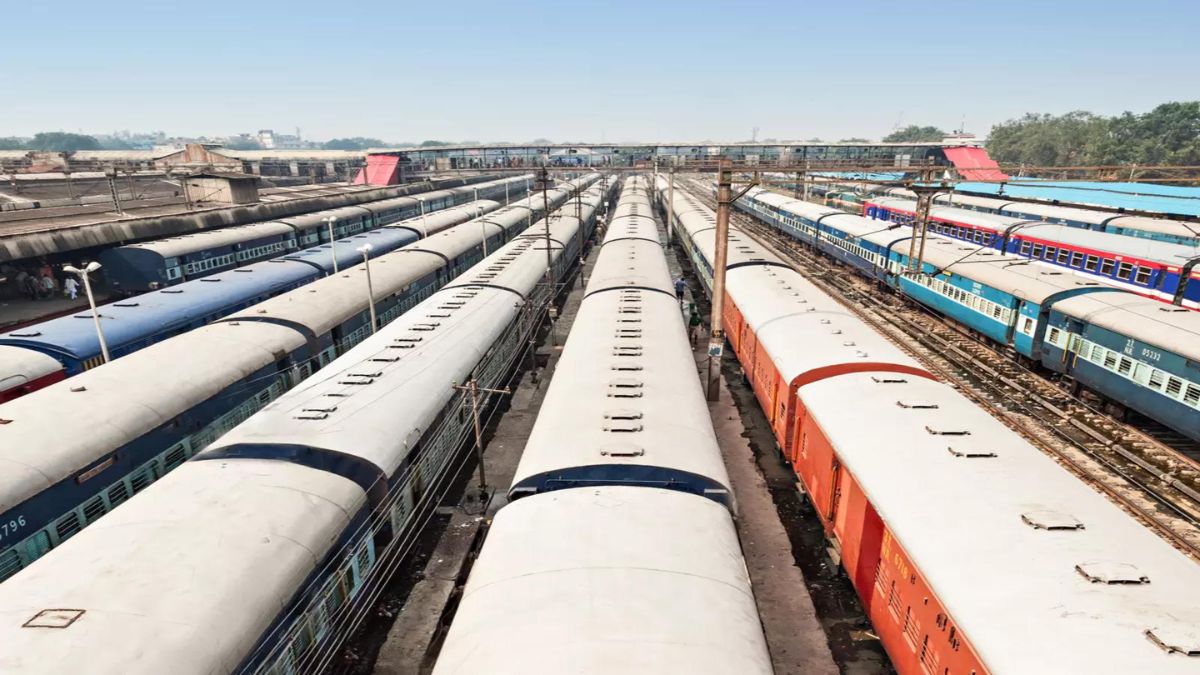 Image Credits : The Economic Times
Image Credits : The Economic Times
The Union Cabinet has approved eight major rail projects, collectively aimed at increasing the capacity for goods by 143 million tonnes annually (MTPA). The approved projects encompass a mix of new lines, gauge conversions, and track doublings strategically selected to improve connectivity and reduce congestion on key routes across various states.
The projects are expected to play a crucial role in facilitating the seamless movement of goods, particularly in sectors such as coal, steel, cement, and agriculture, which heavily rely on rail transport for distribution.
The Union Cabinet, chaired by Prime Minister Narendra Modi, emphasized that these projects are not only about enhancing freight capacity but also about fostering regional economic growth. By improving rail connectivity in underserved regions, the projects are expected to generate employment opportunities and spur industrial development. The approved projects cover a diverse range of regions, from the eastern coal belts to the industrial hubs of the west and the agricultural heartlands in the north, ensuring a balanced approach to infrastructure development across the country.
In addition to boosting freight capacity, these projects are also seen as a critical step in achieving the government’s broader environmental goals. By shifting more freight to rail, the projects are expected to reduce the carbon footprint associated with road transport, contributing to India’s commitments under the Paris Agreement on climate change.
Railway Minister Ashwini Vaishnaw stated that the projects would be implemented with the utmost efficiency, ensuring minimal disruption to existing services while accelerating the pace of completion. He highlighted that the enhanced freight capacity would also help in reducing logistical costs, making Indian goods more competitive in the global market.
The rail projects are anticipated to be a game-changer for the Indian logistics sector, enhancing the efficiency of goods movement and supporting the country’s ambitious growth targets. The successful completion of these projects will not only benefit the freight sector but will also have a cascading effect on the broader economy, particularly in boosting trade and commerce across the country.
